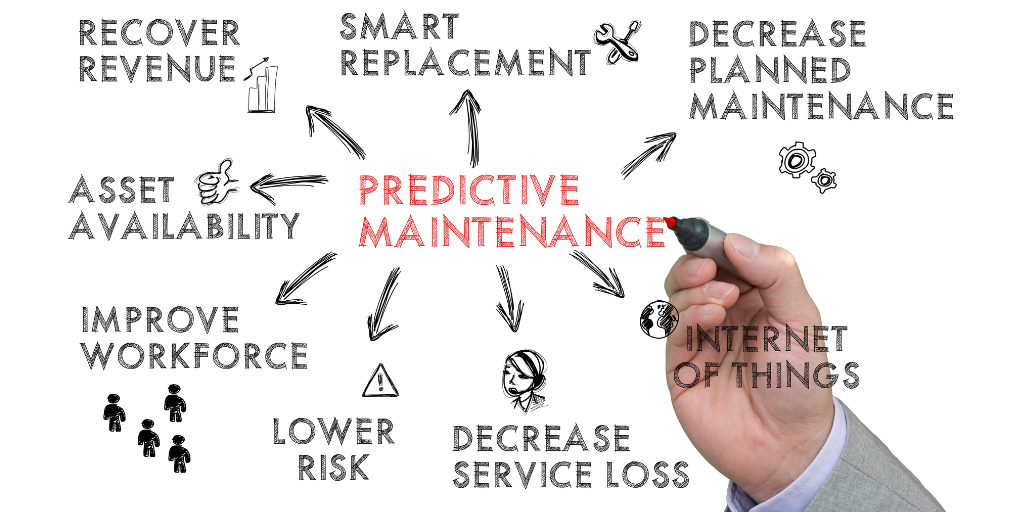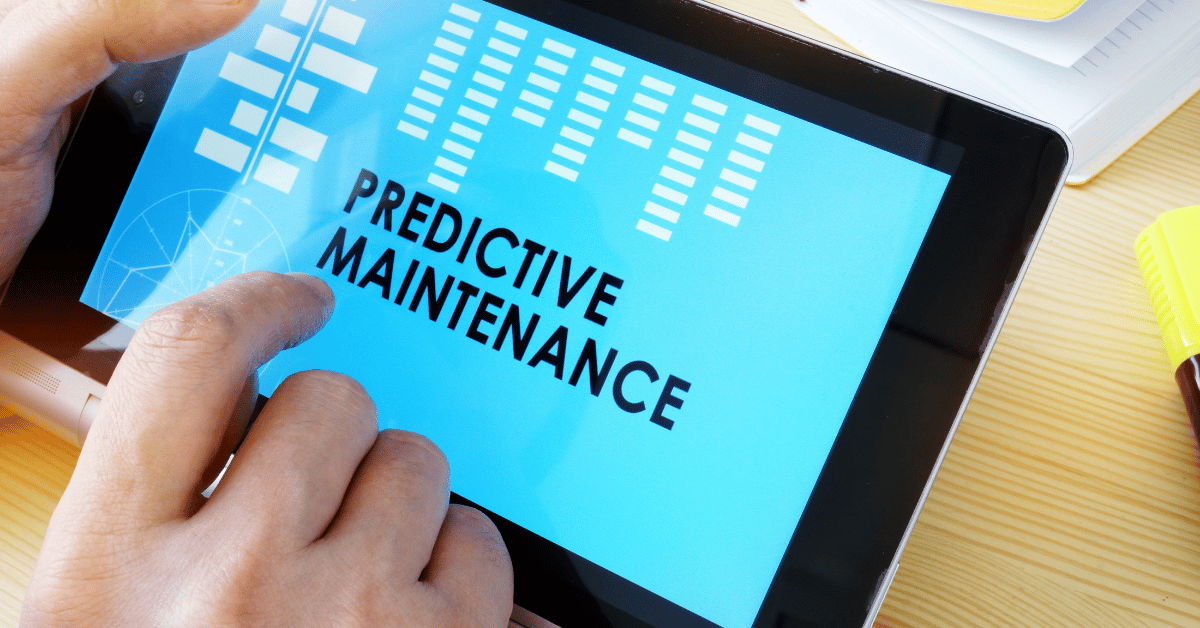Unscheduled downtime is the silent killer of profitability in the recreation industry. Every hour a ride is closed due to a component failure is a direct hit to your revenue and a blow to customer satisfaction. For too long, operators have relied on reactive (fixing things after they break) or scheduled (performing checks whether they're needed or not) maintenance models. There is a better way. The key to maximizing uptime, slashing costs, and guaranteeing peak safety lies in embracing smart technologies. This involves leveraging sensors and machine learning to forecast when maintenance is truly necessary. This innovative approach, known as predictive maintenance for adventure parks, is not just an upgrade; it's a fundamental shift toward operational excellence.
The Shift from Reactive to Predictive Maintenance
The traditional maintenance cycle—either fixing equipment after it breaks or sticking rigidly to time-based schedules—is inefficient and costly. Reactive maintenance inevitably leads to frustrating unscheduled closures and expensive emergency repairs. Scheduled maintenance, while safer, often results in performing unnecessary checks, wasting labor and valuable component life.
The solution is a data-driven strategy. Predictive maintenance for adventure parks uses live data streams from your equipment, analyzing patterns with artificial intelligence and machine learning to predict precisely when a component is likely to fail. This allows operators to perform maintenance exactly when it's needed—no sooner, no later—leading to significant efficiency and safety gains.
- It reduces downtime by preventing unexpected breakdowns.
- It lowers operational costs by avoiding costly emergency repairs.
- It extends the lifespan of essential equipment.
- It significantly enhances safety and manages operational risk.
By proactively managing your assets, you move from simply managing costs to optimizing your entire operational flow, directly impacting your profitability.
Core Technologies Powering Smart Operations
Implementing effective predictive maintenance for adventure parks requires integrating three key technological pillars: data collection, real-time analysis, and decisive action.
This integration is what transforms raw operational metrics into actionable insights:
- Internet of Things (IoT) Sensors: These are the eyes and ears of your smart maintenance system. IoT devices, such as temperature probes, vibration sensors, and smart meters, are integrated directly into critical ride components like high-speed trolleys, braking systems, and lift mechanisms. They continuously collect real-time data on usage, wear, and environmental factors, sending it to a central system for processing.
- Big Data and Machine Learning: This is where the prediction happens. The vast amounts of data collected by IoT sensors are analyzed using machine learning algorithms and Artificial Intelligence. The AI identifies subtle patterns and anomalies that precede component failure—for example, a slight, continuous increase in bearing temperature coupled with a change in vibration frequency often signals an impending issue long before a human inspector would notice.
- Real-Time Monitoring Dashboards: Once the patterns are identified, the system alerts operators through clear, intuitive dashboards. This instant access to the equipment's 'health score' allows managers to see precisely where an issue is developing, enabling informed and timely intervention.
This seamless technological integration eliminates guesswork, ensuring that maintenance is only performed when the data explicitly demands it.
Application in Critical Adventure Systems
The power of predictive maintenance for adventure parks is most evident when applied to mission-critical systems where safety and throughput are paramount. Targeted monitoring can drastically reduce the risk of catastrophic failure on high-wear components.
Consider two areas where precise monitoring provides immediate returns:
Braking Systems and Trolleys
Braking devices are sophisticated, high-throughput systems that are vital for rider safety. While magnetic braking technology is inherently low-maintenance due to its non-contacting parts, internal components like the web brake line, springs, or electronic anti-collision systems still experience wear.
A smart monitoring system embedded in the braking mechanism and ride trolleys can check for:
- Vibration Analysis: Detecting changes in the unique vibration signature of the trolley's wheels or the brake's retraction system, indicating wear long before failure occurs.
- Usage Cycle Count: Accurately logging the number of cycles to manage the lifespan of connecting lines and non-magnetic components that require replacement based on usage, not just time.
- Deceleration Consistency: Analyzing the rider's final velocity against predicted stopping metrics. A deviation in performance suggests an issue with cable tension, component wear, or environmental factors that needs attention.

Ropes Course and Adventure Tower Structure
Even robust structural elements benefit from smart monitoring. Adventure towers and ropes course platforms endure constant stress, and for forest-based courses, the health of supporting trees is a non-negotiable safety concern.
- Structural Integrity Monitoring: Sensors placed on high-stress points of anchor lines, platforms, and load-bearing columns can measure minute changes in strain or deflection. This immediately flags a structural concern caused by metal fatigue, loose connections, or a shifting anchor point.
- Tree Health Assessment: Specialized tree-mounted sensors can monitor growth, movement, and stress points, allowing arborists to detect issues that could compromise tree-supported lines, supplementing periodic physical inspections.
By shifting from reacting to equipment failure to predicting it, operators reduce the risk of a severe incident and maximize profitability through consistently high throughput.
The Path to Implementing Predictive Maintenance
Adopting an advanced maintenance strategy does not happen overnight. It requires a structured plan and a commitment to new protocols. However, the benefits in terms of safety compliance, operational efficiency, and customer experience justify the investment.
The implementation path for predictive maintenance for adventure parks typically involves these critical steps:
- Gap Analysis and Goal Setting: Evaluate your current maintenance program to pinpoint assets with the highest potential for improvement in safety or uptime. Define clear ROI goals for the transition.
- Pilot Program: Select a small, high-value area (e.g., a single coaster line or a high-throughput ropes course line) for initial sensor installation. Collect baseline data and test the predictive accuracy of the AI model before rolling it out company-wide.
- Infrastructure Integration: Install the necessary IoT sensors and establish a robust, centralized data collection platform, ensuring all real-time information can be accessed efficiently.
- Staff Training and Culture Shift: Train maintenance staff not just to fix problems, but to interpret the generated data and trust the predictive models. This requires a shift in company culture towards being data-informed rather than reactive.
- Continuous Improvement: Regularly review the accuracy of the predictions, incorporate feedback from frontline staff, and adjust sensor placement or algorithms as the technology and your assets evolve.
A well-executed predictive maintenance program ensures that critical equipment is maintained at peak performance, contributing directly to a superior and safer customer experience.
AI and IoT: The Future of Safety with Predictive Maintenance for Adventure Parks
The future of operations in the outdoor recreation and adventure industry demands intelligent solutions. Embracing the power of data through predictive maintenance for adventure parks moves your operation past the limitations of traditional models, delivering demonstrable value through maximized uptime, lowered repair costs, and an uncompromised commitment to rider safety. This technology transforms maintenance from a necessary evil into a competitive advantage, establishing your facility as a leader in efficiency and customer confidence. The era of running equipment until it fails is over; the future belongs to those who predict and prevent.
FAQs
What technologies are essential for predictive maintenance in adventure parks?
The core technologies include Internet of Things (IoT) sensors for collecting real-time data on equipment health, and machine learning (AI) algorithms to analyze that data and predict when a component is likely to fail.
How does predictive maintenance improve profitability?
It improves profitability by significantly reducing equipment downtime and preventing costly unscheduled closures. It also optimizes maintenance schedules, meaning labor and resources aren't wasted on unnecessary inspections, thereby lowering operating costs.
Can predictive maintenance enhance safety more than regular inspections?
Yes. While routine inspections are necessary, they only provide a snapshot of equipment health. Predictive maintenance constantly monitors critical components like braking systems and trolleys, detecting subtle indicators of failure—such as minor temperature or vibration changes—long before a human could spot a noticeable issue, dramatically enhancing risk mitigation.
What is the first step an operator should take to implement predictive maintenance for adventure parks?
The first step is a gap analysis to identify critical assets most prone to failure or those where downtime is most costly. Following this, a pilot program should be established on a single, high-value piece of equipment to test and validate the predictive models before scaling up.
Does predictive maintenance require a large up-front investment?
It requires an initial investment in IoT sensors, software, and staff training. However, the long-term savings from reduced downtime, eliminated emergency repairs, and extended equipment lifespan lead to a strong return on investment (ROI) that typically outweighs the initial costs.
Additional expert information on the Adventure Business
Interested to read more about the Adventure Business with our expert articles?
- Logistics and throughput in Adventure Parks, key elements in Customer satisfaction
- Profitable Upgrades for Aerial Adventure Parks
- Integrating Gaming Technology into Adventure Parks
- Optimizing Adventure Park Operations: The Power of Predictive Analytics
- The Benefits of Integrating Urban Adventure Play in Commercial Retail
- Creating Profitable Adventure Parks: Tips and Strategies
- Roller Coaster Zipline: The Thrilling and Profitable Amusement Solution
- Prioritizing Safety: The Key to Success in Aerial Adventure Parks
- Maximize Your Adventure Park's Potential with an Online Reservation System
- Importance of a Safety and Quality Management System at Adventure Parks
- Virtual Reality Training in Adventure Parks: Revolutionizing Skill Development and Safety
- Climbing to New Heights: Boosting Traffic and Revenue with an Indoor Ropes Course
- How to Launch a Zip Line Company
- Ride a bike modified to attach to a zipline cable
- Adopting Universal Design and Adaptive Techniques for Inclusive Adventure
- From Skills to Thrills: How to Start and Run a Successful Adventure Business
- Thinking of investing and operating a Zipline? We got you covered with this expert article!
- Rope Course Construction: A Comprehensive Guide
- Leisure and Adventure in Retail Real Estate: The Future of Shopping
- The Benefits of Netted Attractions for Operators and Guests
- Thrills Adventure for Family Entertainment Centers’














